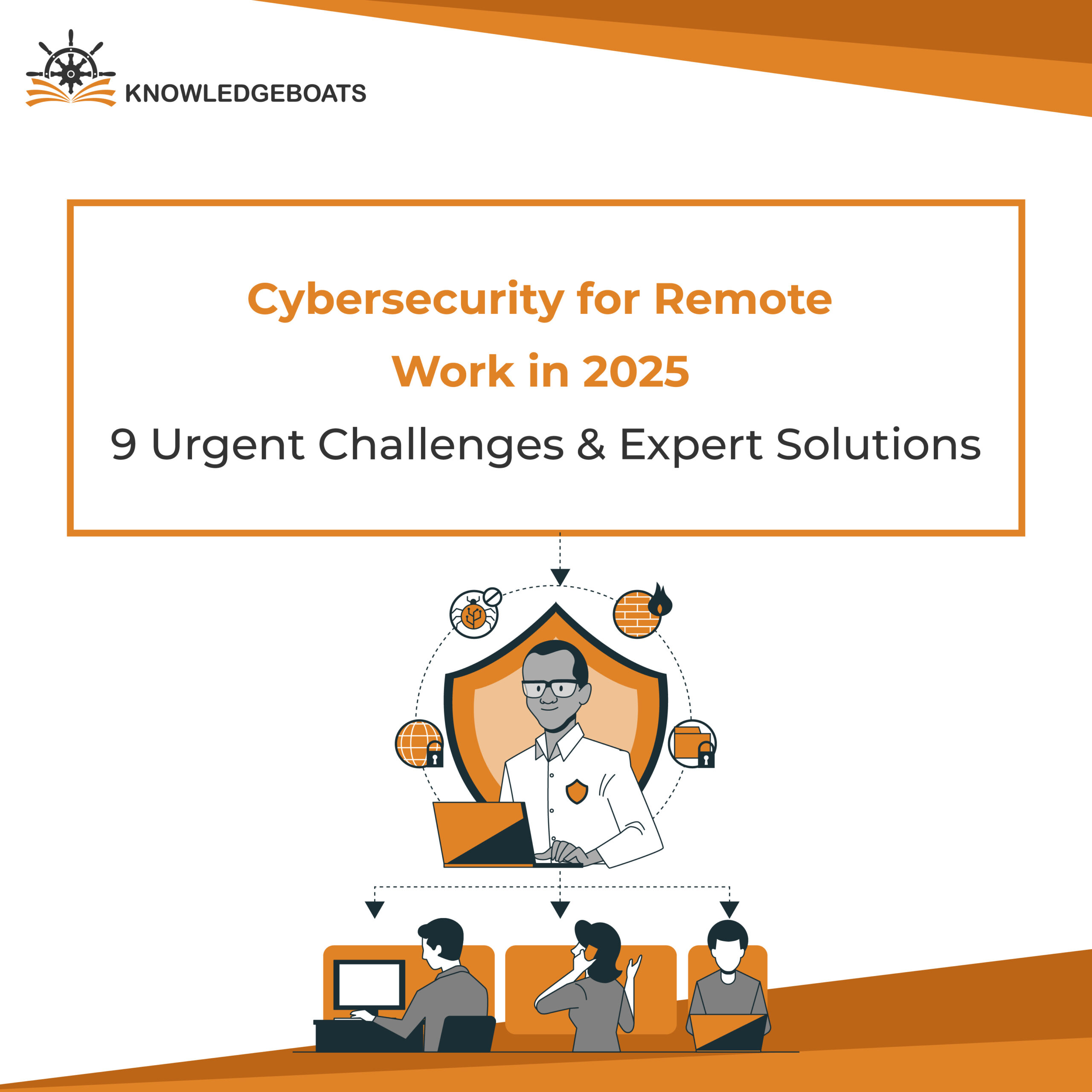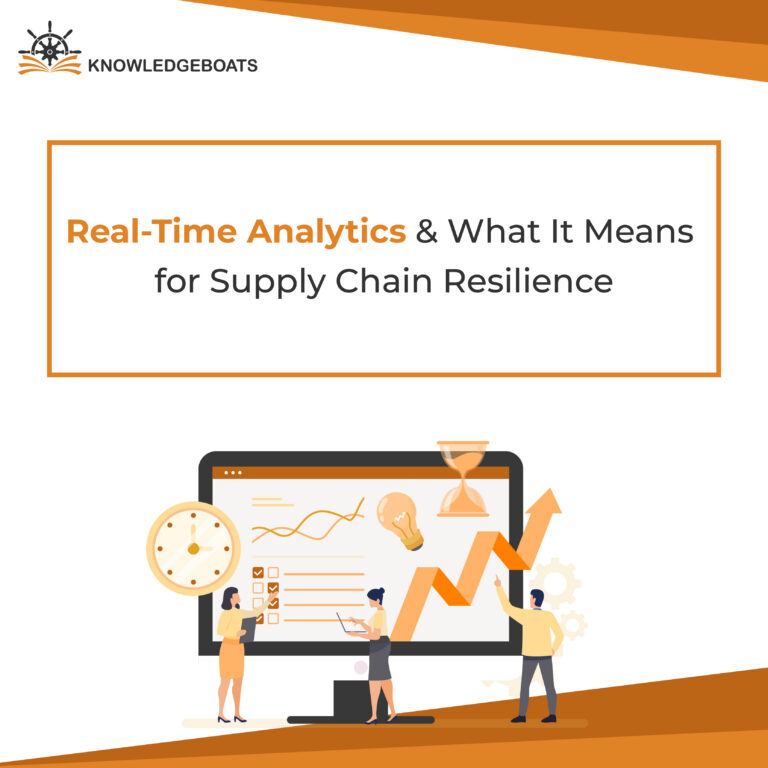
The remote work revolution is accelerating, by 2025, nearly 70% of the world’s workforce is projected to be working at least part-time from a remote location (Gartner). This new way of working has brought unprecedented flexibility, but it has also raised a red flag – cybersecurity for remote work in 2025 has become a necessity like never before.
With technology driving everyday operations, organizations are grappling with an escalating requirement to protect their systems, information, and employees. Personal and professional boundaries have become blurred, opening new avenues for cyberattacks. The future of remote work security is a matter of evolving with new technologies while being on guard against weaknesses.
Why Cybersecurity for Remote Work Matters More Than Ever
As companies embrace hybrid work models, cybersecurity has shifted from the server room to the living room. The remote workforce forms a potential entry point for cybercriminals. Here is why security is now an issue to be discussed at the boardroom table:
- Enlarged Attack Surfaces: Remote workers access corporate information from various devices and networks, adding risk.
- Decreased Monitoring: IT teams can no longer provide on-the-spot support by walking over to an employee’s desk. Remote diagnosis restricts rapid resolution.
- Variety of Digital Technologies: Blend of SaaS applications, cloud storage, and personal devices create complexity.
By 2025, preserving data integrity and protecting against unauthorized access is as important as performance or productivity.
Top Remote Work Security Risks for 2025
- Emergence of Advanced Phishing Attacks
Phishing is no longer limited to rudimentary emails. In 2025, the role of AI in cyber security will be used to generate realistic deep-fake videos and cloned audio voices to scam employees. Attacks impersonate executives and manipulate employees into wire transfers or credential exchanges. These social engineering attacks are difficult to identify and much more devastating. - Unsecured Home Networks
Many employees work at cafes, co-working spaces, or their own homes. Routers are not usually updated or secured at home, so compromised smart devices such as a doorbell or baby monitor can serve as a launchpad into corporate systems. - Endpoint Device Vulnerabilities
Laptops, mobile phones, and tablets used for remote work are typical attack targets. Without regular patching or security scans, they quickly become the weakest link. BYOD culture makes the situation even worse when employees utilize unprotected personal devices for work. - Insider Threats within Distributed Teams
Not everyone who threatens is an outsider. Internal employees may leak information, whether through negligence or by abusing their privileges intentionally or unknowingly. Without direct control, insider threats in 2025 have become even harder to identify. - Cloud Misconfigurations
Most companies are dependent on tools such as Microsoft 365, Google Workspace, or Dropbox. Misconfigured cloud environments like public S3 buckets or loose file permissions can lead to massive data breaches. Without governance, cloud use is a time bomb just waiting to go off.
Remote Working Cybersecurity Solutions: What Is Working in 2025
- Zero Trust Architecture (ZTA)
At the core of cybersecurity follows the philosophy “never trust, always verify,” where each device, individual, and network is constantly authenticated. This way, even when there is a breach, it is difficult for it to propagate across networks. - AI-Powered Threat Detection
Artificial intelligence and machine learning technology monitor and analyzes user behavior, identify anomalies, and halt threats in real-time. Traditional firewalls cannot match AI’s ability to dynamically adapt to new techniques, making it ideal for remote and hybrid networks. - Secure Access Service Edge (SASE) and VPN Alternatives
SASE fuses networking and security into cloud-native form. It is quicker, safer, and more scalable than traditional VPNs, which bog down under the weight of a distributed remote workforce. - Employee Cyber Awareness Training
Human error is still the primary reason for breaches. Organizations now invest money in gamified training, phishing trials, and recurring reminders to maintain top-of-mind status on cybersecurity. - Multi-Factor Authentication and Biometrics
Passwords are insufficient on their own. Using MFA, particularly with biometrics such as fingerprints or face recognition, adds a much-needed extra level of security that’s both user-friendly and highly secure.
Best Practices for Remote Work Cybersecurity 2025
Protecting a remote workforce is not just about tools but culture and consistency. Below are the key practices:
- Regular Security Checks: Audit for unauthorized access, install patches, and test defenses.
- Centralized Device Administration: Utilize Mobile Device Management (MDM) for remote control of endpoints.
- Data encryption: Encrypt all communications and files both at rest and when they are being transmitted.
- Access Control Policies: Provide each user with no more than they need to access.
- Incident Response Planning: Prepare a playbook for breaches of data, phishing attacks, and outages.
Future of Remote Work Security: What Awaits Us
Remote work security has a bright but challenging future ahead, with advancements that include quantum encryption, decentralized identities, and context-aware security, which will transform defense mechanisms.
Here is what we anticipate by 2030:
- Biometric-based logins
- Hyper-automated incident response
- Behavioral firewalls that adjust on the fly
- International regulations harmonizing data privacy levels
The organizations that remain ahead of the trends will become resilient and build trust within a remote-first world.
Conclusion: Creating Resilient Remote Workers
Cybersecurity for remote work in 2025 is no longer optional. With emerging threats becoming sophisticated and workspaces more dynamic, companies need to keep abreast of strong, proactive security solutions. From Zero Trust to AI-driven detection, the future of remote work security depends on our ability to stay informed, trained, and prepared.
By addressing remote work security issues and leveraging intelligent, scalable remote work cybersecurity solutions, organizations can enable a safe and productive virtual workspace regardless of where their employees log on from.


